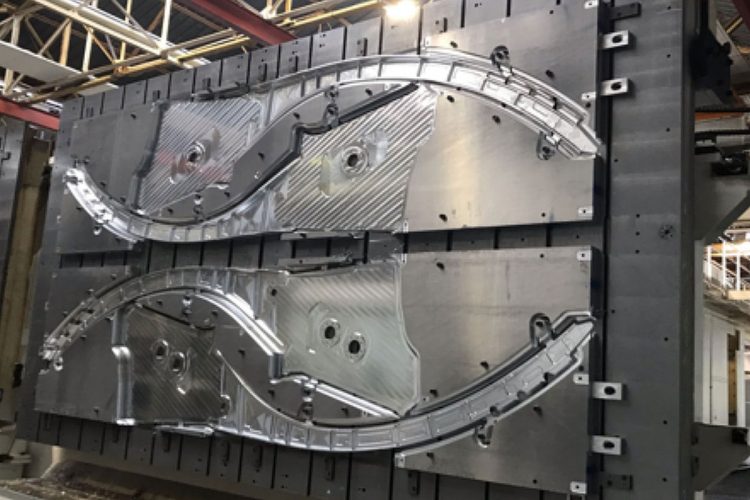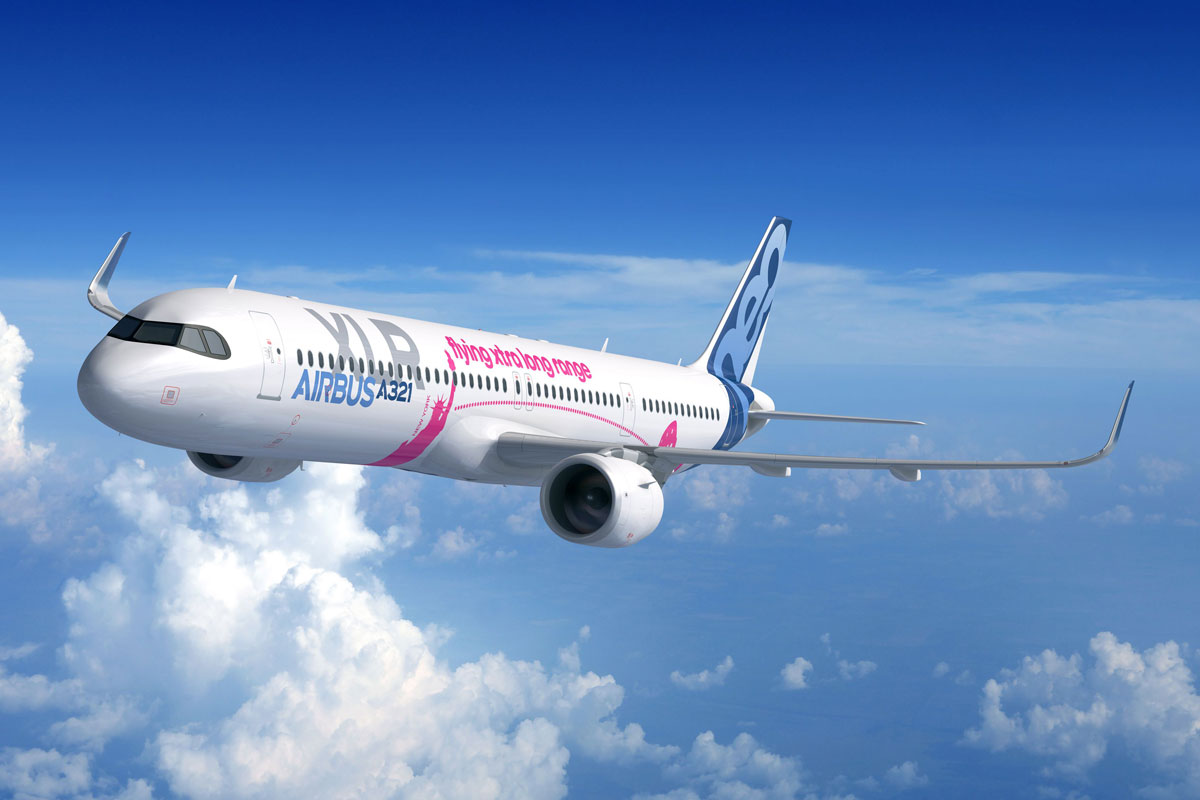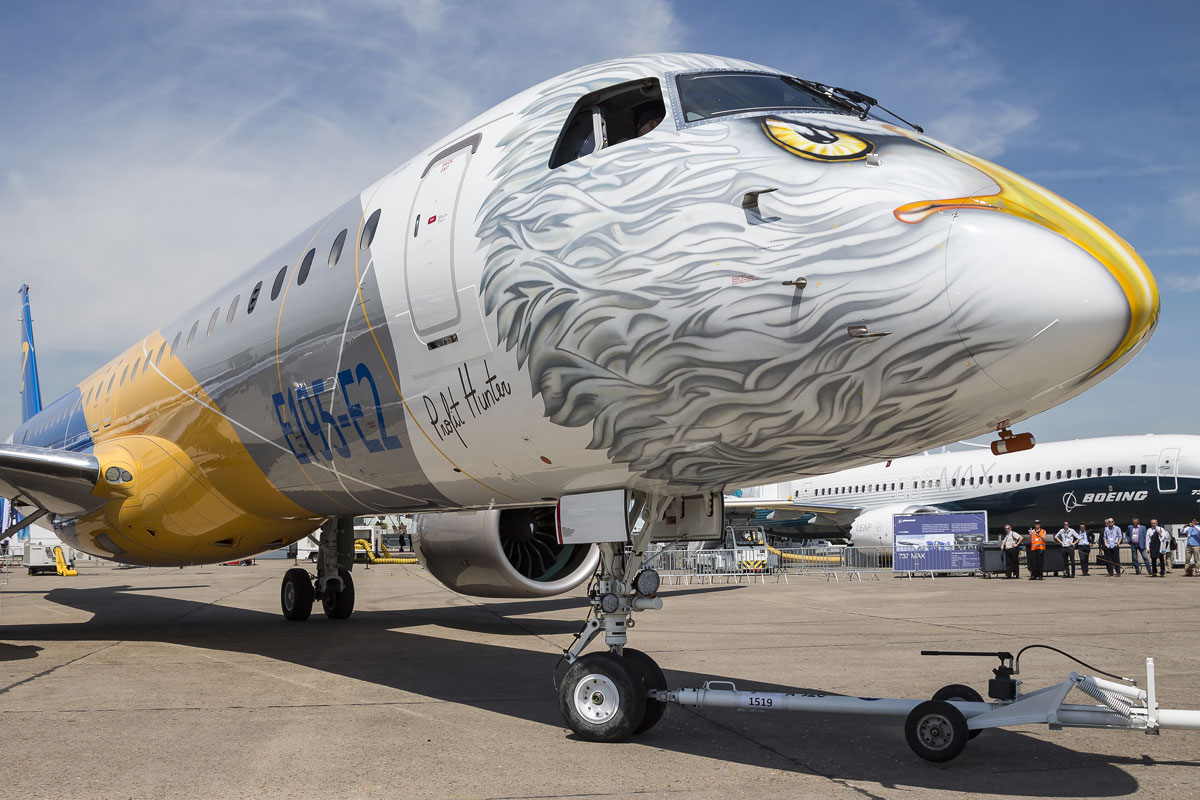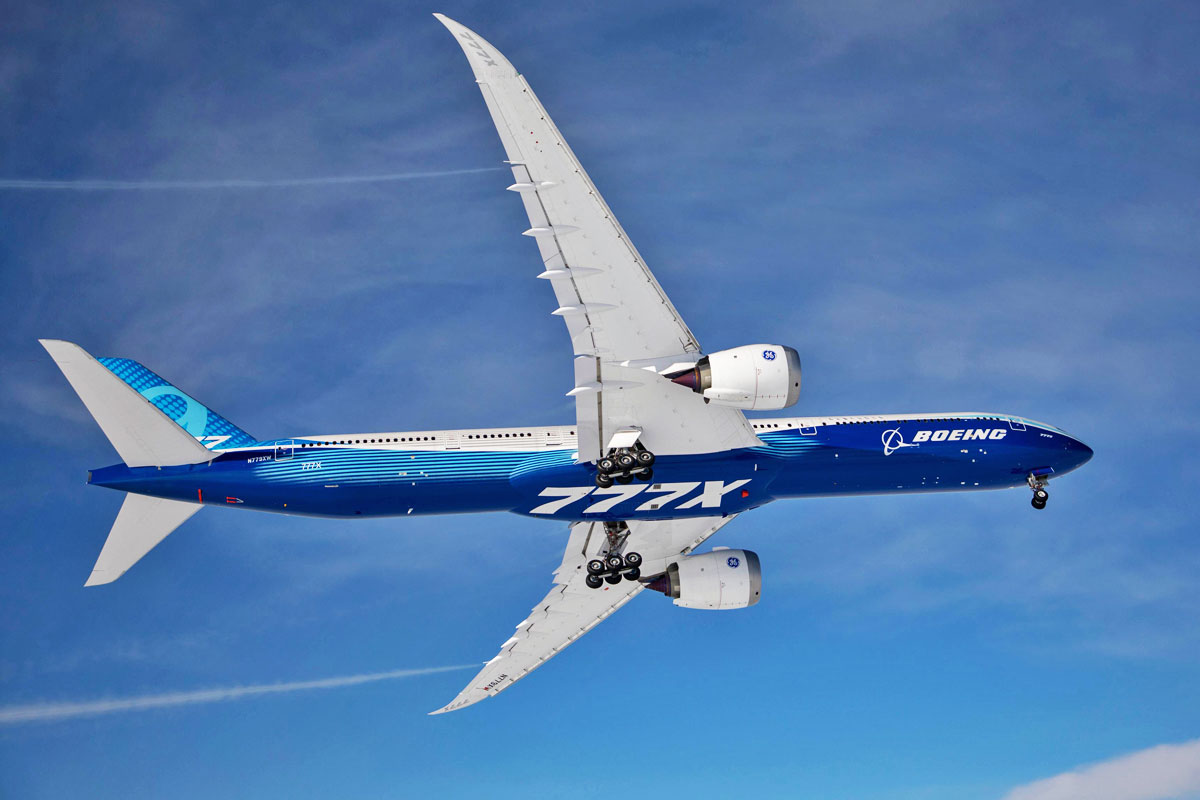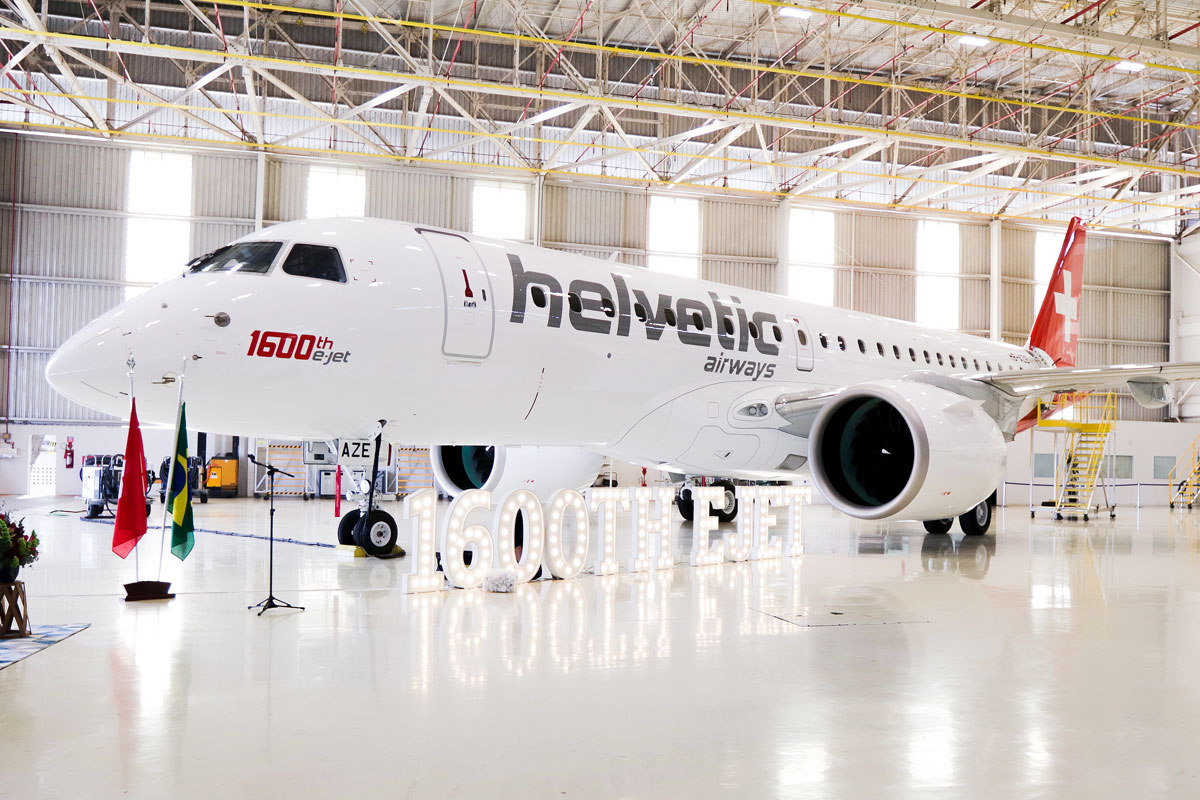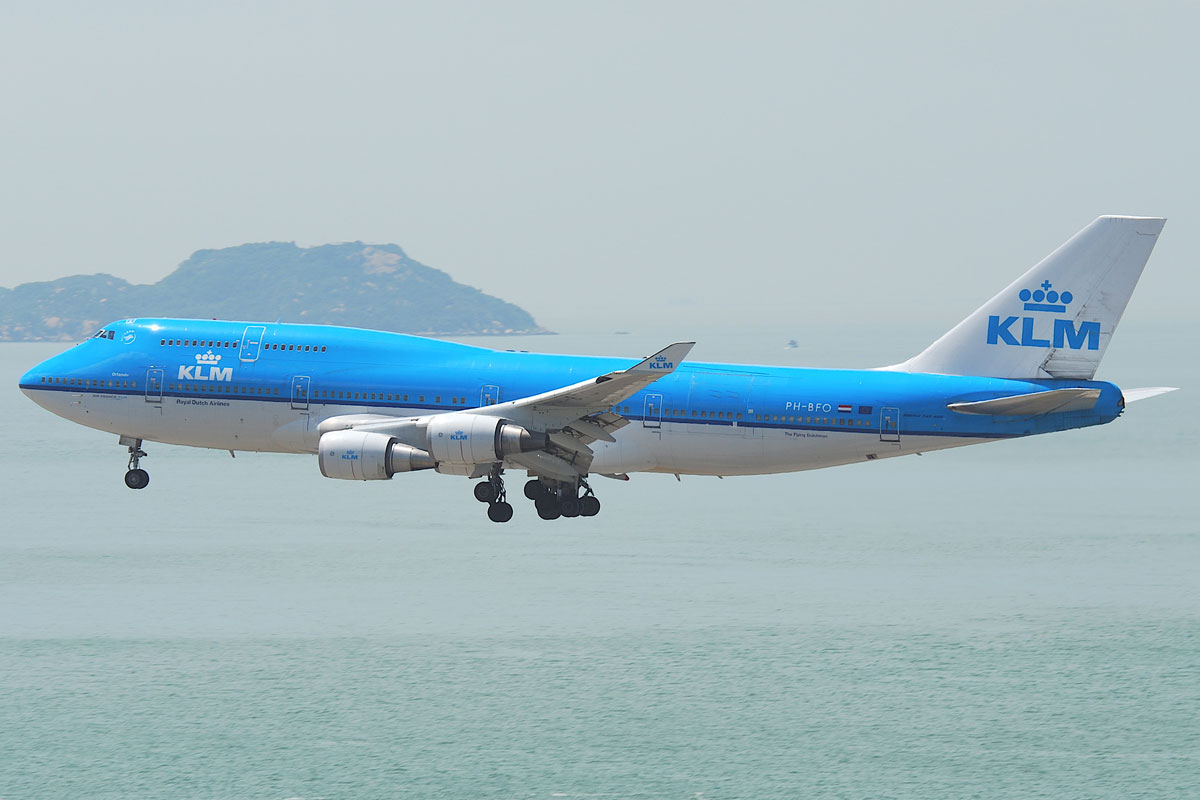Airbus released a series of achievements in 2020 to show that the manufacturer is not completely stopped due to the coronavirus. The company revealed, for example, that the A321XLR program is moving from concept to reality. Proof of this is that the Nantes unit forged the first parts of the aircraft’s central wing box. In parallel, Safran, responsible for supplying the nose and main landing gear for the A321XLR, started producing parts for the set.
Based on the A321neo, the A321XLR was presented at the Paris Air Show in 2019 with the promise of carrying 240 passengers and operating in the range of up to 4,700 nautical miles (8,704 km), a performance previously restricted only to widebody commercial jets.
The manufacturer also reported that it has already started the cabin comfort tests in long-range operations, using a climate chamber and that it is using several 3D technologies in a virtual environment to improve its manufacturing.
Airbus expects the A321XLR flight test program to take place in 2022 and the commercial debut in 2023. To date, 24 customers have ordered more than 450 units of the A321XLR, including American Airlines, United Airlines, Iberia, Qantas and MEA.
